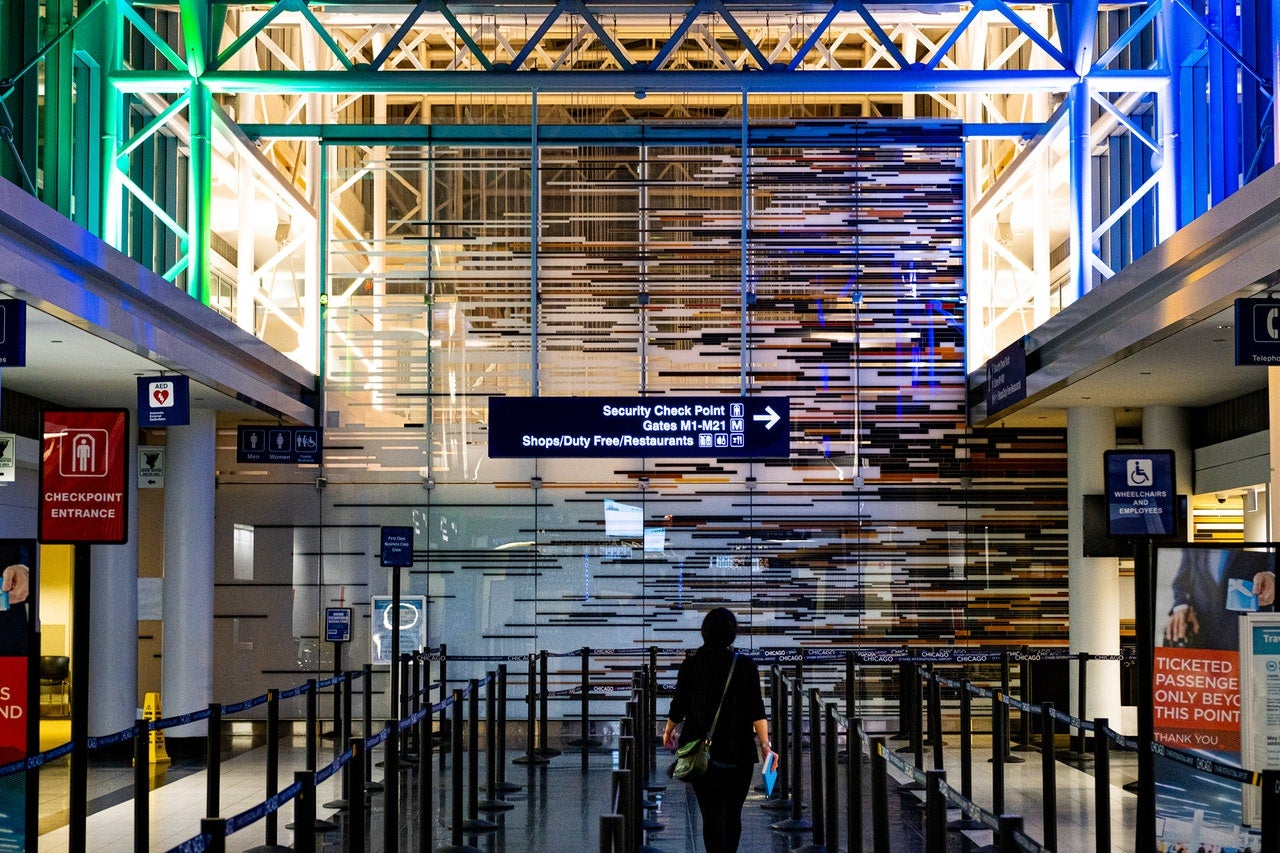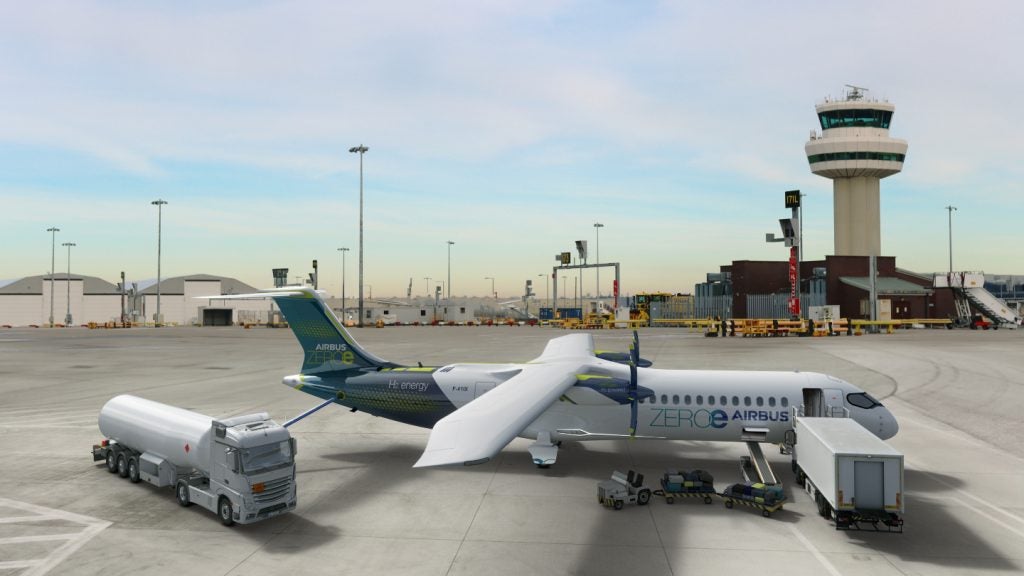
Norwegian operator Avinor and Heathrow Airport published a white paper, ‘Open Architecture for Airport Security System’, in July 2020. The document, which the biggest players in the industry endorsed, outlined how government bodies and industry stakeholders were pushing towards open architecture in airports’ security systems.
“Key to our success is the shared ability to collaborate across the public, private and academic sectors,” read the document’s foreword. “It is through these partnerships that we bring the best technologies and brightest minds together and rise to the collective challenge of outmatching a dynamic threat.
“We are pleased to support the Open Architecture for Airport Security Systems initiative. Through this initiative, we commit to working with our partners to open our hardware and in doing so, broaden the market and safely provide new entry paths for collaborators.”
Open architecture, its proponents say, will help data sharing, facilitating industry responses to threats as well as new technological developments, while enhancing cybersecurity to avoid the risk of data ownership issues.
Kevin Riordan, head of checkpoint solutions at UK security screening firm Smiths Detection, explains why the technology could help airports provide more detailed security whilst putting passenger experience at the centre of operations.

How well do you really know your competitors?
Access the most comprehensive Company Profiles on the market, powered by GlobalData. Save hours of research. Gain competitive edge.

Thank you!
Your download email will arrive shortly
Not ready to buy yet? Download a free sample
We are confident about the unique quality of our Company Profiles. However, we want you to make the most beneficial decision for your business, so we offer a free sample that you can download by submitting the below form
By GlobalDataKevin Riordan. Credit: Smiths Detection.
Ilaria Grasso Macola (IGM): For those who don’t know, what is open architecture?
Kevin Riordan (KR): It’s a design principle and what it means is that if you’re designing a solution made up of different components, open architecture allows you to connect components – hardware and software – from different suppliers, whereas previously you would probably get all of the components from one supplier.
IGM: Why is it needed at airports?
KR: Well, it isn’t. As I said it’s a design principle that is needed in airports.
The industry is looking to run operations more efficiently, provide better security and a better passenger experience. Open architecture may be a way of benefitting from new technology, processes and suppliers [that] are now on the market.
What stakeholders are trying to do is find a way in which they can exploit this technology, coming up with solutions that help them achieve those things and this is much more a business focus than a technology focus.
IGM: What are the pros of its implementation at airport checkpoints?
KR: Checkpoints are the part of an airport journey where things can slow down quite a lot. Before last year, passenger numbers were increasing steadily and the business requirement was to get more people through a checkpoint more efficiently, without queueing and without being manhandled.
Open architecture is a potential way for the market to respond differently. An example could be if a threat changes, you may want to deploy new capability, new ways of detecting whatever the new threat is. And there may be technologies available such as artificial intelligence (AI).
What has happened is that with the availability of computing power, newer networks and the development of AI, our customers in the aviation market are asking whether these technologies can be integrated and whether open architecture will help the integration of these new suppliers.
The business focus is the same, it’s how can we do a better job and will this approach help us. This is the question [the industry] is trying to answer and that’s what we’re engaged with – helping the industry answer those questions.
IGM: What are the complexities behind the adoption of OA? How can these challenges be overcome?
KR: We want to adopt a responsible approach to exploiting open architecture. Responsible means that when you incorporate a device from another party or a new piece [you need to make sure] that you’re not adding a risk.
The security screening at airports is a business-critical function so you want the solution that you get to be reliable and secure. So, some of the challenges are technical and we need to work with competitors and technology partners to understand what can be connected to what.
But also, how do we provide assurance to customers and regulators that these solutions are approved and will work as expected?
Other issues revolve around commercial agreements, who’s liable, who supports it. Before you had one supplier of everything, you knew who to talk to, who was responsible, whereas now you have multiple partners.
Those three main areas – technology, certification and the commercial aspects – that’s where the complexity lies and that’s where we’re working through with the supplier and airport communities.
IGM: In your opinion, will we see an increase in the implementation of open architecture at airport checkpoints?
KR: Yes, I think we’re still in the shallows if you like, we’re still early days. We have used the approach in some deployment in the real world but we’re on a journey.
It will become more of a principle once we’ve understood how to do it responsibly but yes, it is inevitable that we will have to exploit it.







